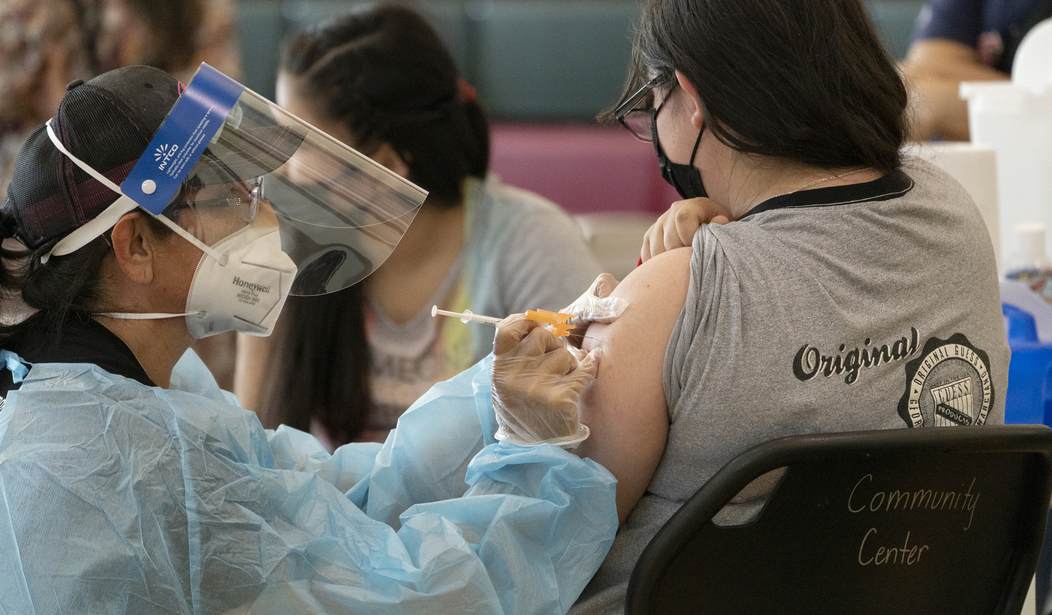Caution urged as scientists look to create human-monkey chimeras

Some Alzheimer’s researchers are proposing the creation of human-monkey chimeras — part-human beings with entire portions of the brain entirely human derived
The monkeys in Douglas Munoz’s Kingston lab look like other monkeys.
They socialize and move around and eat and drink in the same way. They don’t fall over or stagger around. In fact, the only thing separating the macaques from their unaltered lab mates is the elevated level of a specific human protein implanted inside their brains — proteins that accumulate in the brains of humans with Alzheimer’s disease.
The monkeys have been injected with beta-amyloid, a molecule that, in high-enough amounts, is toxic to human brain tissue.
Munoz and collaborators are studying the earliest changes in those monkey cerebrums. Normally it takes several decades for Alzheimer’s to unfold in human brains. The researchers don’t have that kind of time. The injections speed things up.
If left alone, eventually the monkeys will start to show signs of Alzheimer’s. They make more mistakes on memory tasks and their reaction time slows.
Alzheimer’s research relies heavily on rodents. Munoz is trying to develop a monkey model of Alzheimer’s, because one of the biggest reasons for the staggering string of flops in the search for an effective treatment for the brain-ravaging disease is the species gap. The rat brain is a long way away from the human brain. Not so much a monkey’s.



